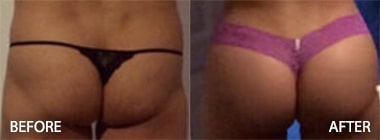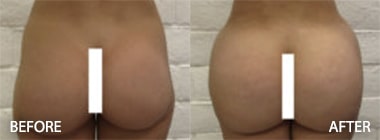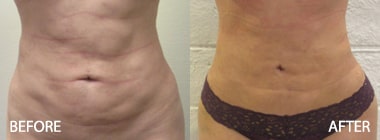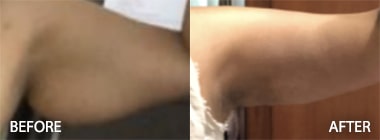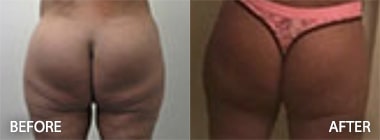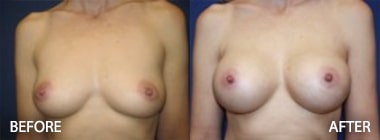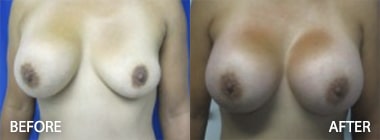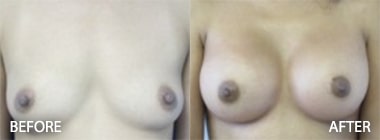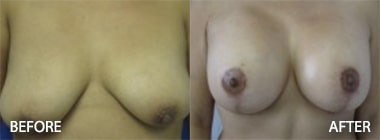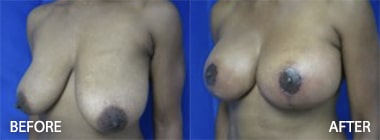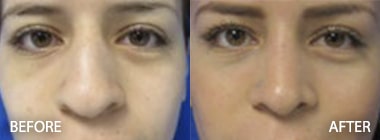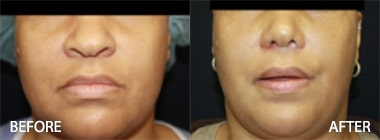Deep Plane FACE Lift
Deep plane is a term applied by Hamra, who described dissection in the midface superficial to the zygomatic muscle beneath the mass of the cheek fat. The blunt finger dissection between the midface SMAS and the cheek fat liberated the descended malar fat pad, which was advanced laterally under “great tension” on the cheek skin flap. The composite technique added a vertical vector of lift on the orbicularis oculi muscle through the lower blepharoplasty incision for enhanced improvement of the eyelid-midface complex. The risk for facial nerve injury is much higher in this procedure than with other more conventional face lift techniques. This procedure has faded in popularity in recent years.
SMAS-platysma flap
Owsley developed the SMAS-platysma rotation flap technique, reasoning that laxity in the lower face and submental area was primarily due to loss of support from the SMAS and masseteric ligaments as well as loss of elasticity in the overlying skin. Experience has shown that wide undermining and repositioning of the platysma-SMAS layer is the key to long-term repositioning of the anatomic features of the lower face and neck.
The principal advantage of the SMAS-platysma technique is the multiple vectors of lift that can be placed on the mobilized SMAS-platysma flap after complete undermining to the midline of the neck and beyond the masseteric ligaments in the cheek.
The vertical vector of tensioning applied along the SMAS incision at the zygomatic arch directly lifts the midmandibular jowl area and effects a snug tensioning of the submental region.
Extended SMAS-Platysma Technique
SMAS incision is begun in the preauricular region about 1 cm anterior to the skin incision and extends inferiorly from the superior tragal notch, which corresponds to the inferior border of the zygomatic arch, down to the level of the attachment of the earlobe. The branches of the facial nerve are well protected beneath the substance of the parotid gland. An entirely safe dissection can be performed over the parotid with sharp scissors directed upward. A small cuff of SMAS tissue is left attached along the zygomatic arch to facilitate suture fixation. The mobilized SMAS flap is then rotated upward with some posterior traction to accomplish the desired vector of lift of the lower face, jaw line, and neck based on the surgeon’s judgment.
Article 1: Lip and Marionette Line Improvement in Facelifts
Article 2: Laser Resurfacing and Treatment of Nasolabial Folds in Facelifts
Article 3: Jowl and Neck improvement in Facelifts
Article 4: Skin Only Facelifts
Article 5: Deep Plane Facelifts and Extended SMAS Flap Facelifts
Article 6: SMASectomy, SMAS imbrication, and MACS Facelifts
Article 7: Complications of Facelifts: Hematomas
Article 8: Complications of Facelifts: Infection, Skin Loss, and Nerve Injury
Article 9: Optimal Scar Placement in Facelifts
Article 10: Secondary Facelifts
Or View Before and After Photo Galleries of Dr. Hughes’s Face and Neck Lifts Below:
link to face and neck lift before and after photo galleries
link to male face and neck lift photo galleries
link to facial fat grafting before and after photo galleries
